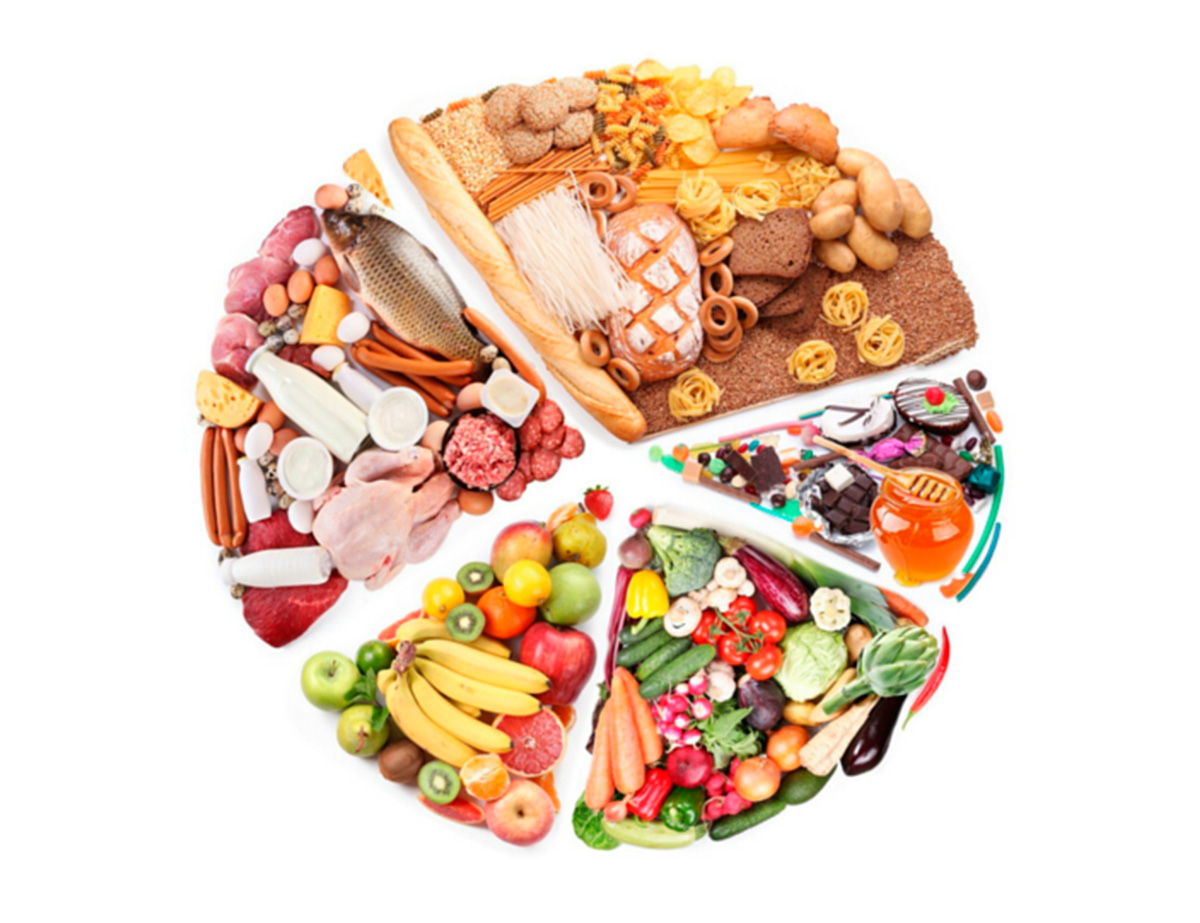With the high temperatures recorded in the summer, the spread of food contamination by virus or bacteria is more likely. Food poisoning occurs more easily at this time of year, becoming a top priority area of concern in the catering sector.
Today on the Fagor Professional blog, we share some simple tips to help you serve safe healthy food in your restaurants.
Tips for avoiding food poisoning over the summer months
Shop carefully. Food safety starts with the purchasing process. To purchase top quality products in good condition, it is essential to check the sell-by dates of all food and observe the correct storage temperatures.
Respect the HACCP (Hazard Analysis & Critical Control Points)
The HACCP is an analytical process for identifying and assessing the risks and establishing the control systems with a view to increasing food safety in all the processes of the supply chain. With respect to this section, and in order to avoid food poisoning, it is essential not to break the cold chain. Therefore, it is important to keep cold and frozen food as cold as possible, especially during transit to the restaurant. In addition, the HACCP should be observed, checking the temperatures on receipt of the goods.
One of the most important aspects in the food handling process is washing your hands. It is essential to wash your hands with warm water and antibacterial soap.
The cleanliness of the industrial kitchen is another key area. It is very important to keep all areas of an industrial kitchen clean, especially when preparing high risk food products. In addition, we recommend drawing up a hygiene and cleanliness plan for all the installations, in order to guarantee maximum hygiene in the establishment.
When cooking food in a restaurant, special attention should be paid to red meat, poultry, eggs and fish (food labelled as high risk). The interior of the food should reach a temperature of at least 65° while cooking, as this is the temperature at which the microbes die.
Defrost products carefully to avoid intoxication. In this section, blast chillers play an important role, as they have a special defrosting function. Once the food has been thoroughly defrosted, it should be used immediately and must never be refrozen unless it has first been cooked.
Avoid the storage of raw and cooked food anywhere in the kitchen including the fridge, to prevent cross-contamination. Well-cooked food is sterile but may become contaminated if it is left next to raw food containing germs.
After brushing up on the importance of hygiene, food handling and cooking and conservation times/processes, all you need to do now is put them into practice to guarantee the utmost safety of employees and diners!



Follow us